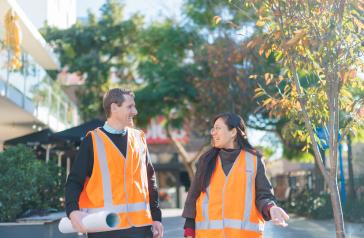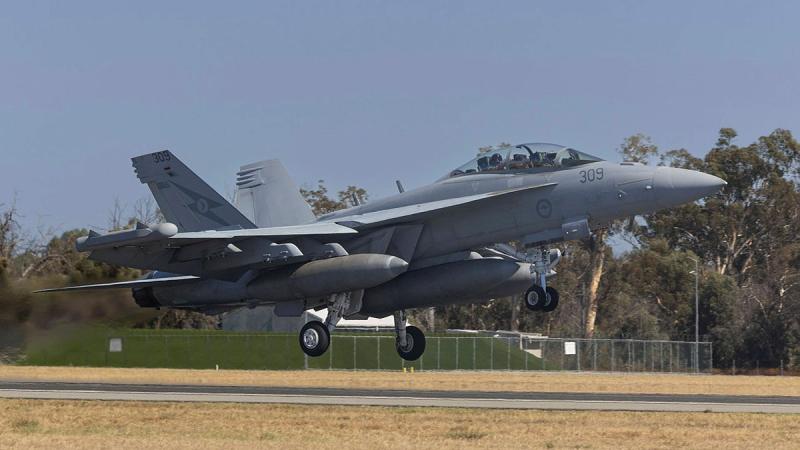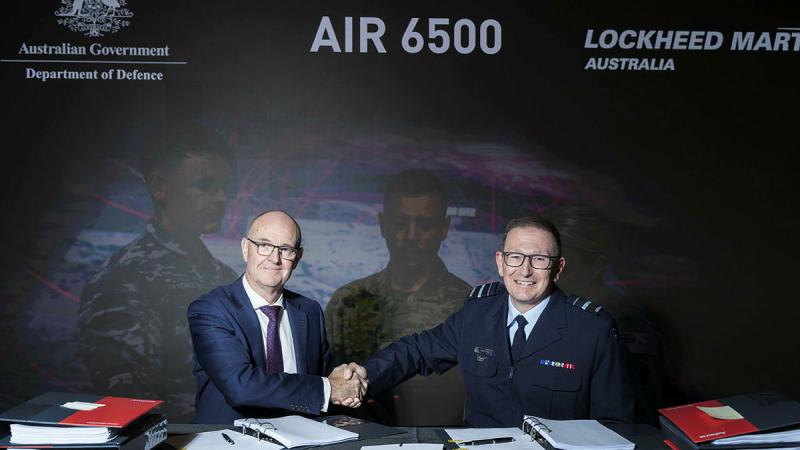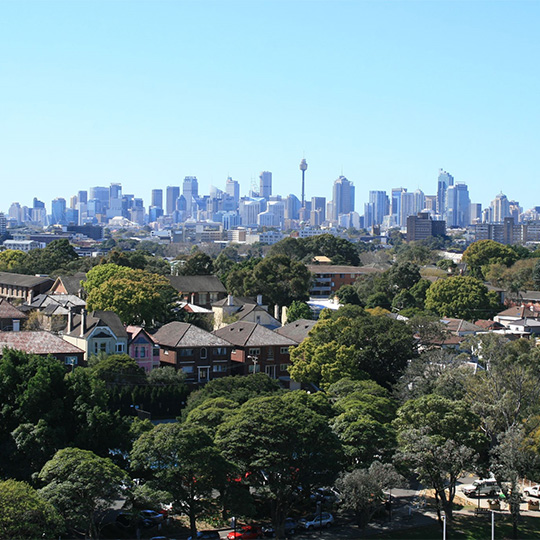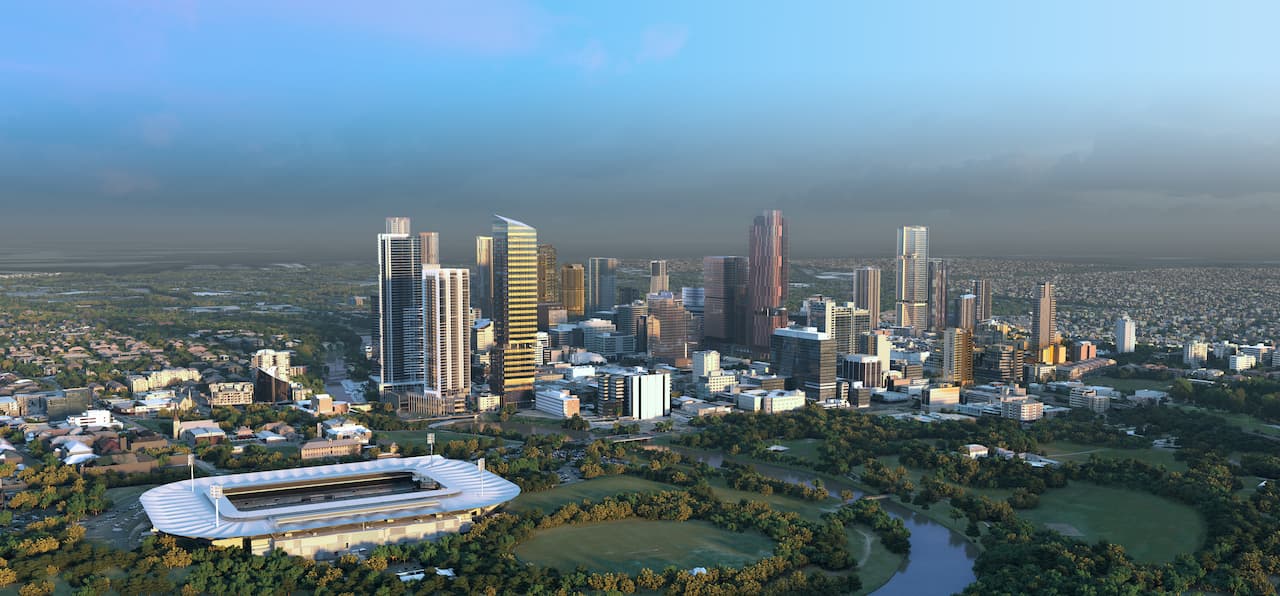According to the European Commission, up to 80% of a product’s impact on the environment is determined in the design phase. Sustainability Victoria celebrated Melbourne Design Week earlier this month by showcasing how creativity and innovation will be essential for Victoria to make ‘waste’ a thing of the past.
Everything around us has been designed by someone: our buildings, products, clothes and even the services we use every day to meet our needs.
When something is designed, important decisions are taken that affect how things are made, used, maintained, repaired and managed. These decisions determine the environmental impact that results. By thinking long-term and embracing our creativity to make better design choices, we can minimise the impact, eliminating waste and pollution, and keeping products and materials in use for longer.
Creating a sustainable future at Design Week
Sustainability Victoria was proud to host 2 workshops at Melbourne Design Week. The community had the opportunity to ponder a future where we design and use materials, products and services with a more sustainable mindset.
Creative brains built handheld gaming devices from upcycled e-waste components in a session led by industrial designer Elliot Whinnen, highlighting the importance of rethinking our approach to the design, reuse, repair and recycling of electronics. As society becomes increasingly high-tech, e-waste is growing 3 times faster than other municipal waste streams.
Looking to the future also proved key for the second session, as Sustainability Victoria’s Florian van den Corput encouraged participants to become time-travellers and explore the art of foresight, or long-term thinking.
We know we need to think long-term to reach our state’s target of net zero emissions by 2045 and use our resources and materials more sustainably. Foresight will help us to understand the opportunities and risks as we work towards those goals.
While our Design Week participants got a taste of ‘thinking big’ on sustainability, Sustainability Victoria has already started working across the Victorian Government to unlock the potential of foresight for decision makers, applying our expertise to ensure our state can make the best long-term choices for a more sustainable future for Victoria.
A more creative way to look at waste
Part of Victoria’s future plan is moving to a circular economy, and work has already started.
In a circular economy, waste is treated as the beautiful and valuable commodity it is. A circular economy is a chance to look at waste in a new way: materials as a valuable resource, made, used and repaired, then recycled to be made into new products again.
It’s all about thinking creatively to get the most out of the things we use every day, like repairing a bike or an item of clothing instead of throwing it away, or breaking down an object into parts and upcycling those parts into a new object like our e-waste creatives at Melbourne Design Week.
The impact could be profound. In Australia, transitioning to a circular economy could rescue more than $324 million worth of resources that could be used by the manufacturing, construction and agricultural sectors. Just a 5% improvement in materials efficiency could boost the Victorian economy by $6.4 billion.

